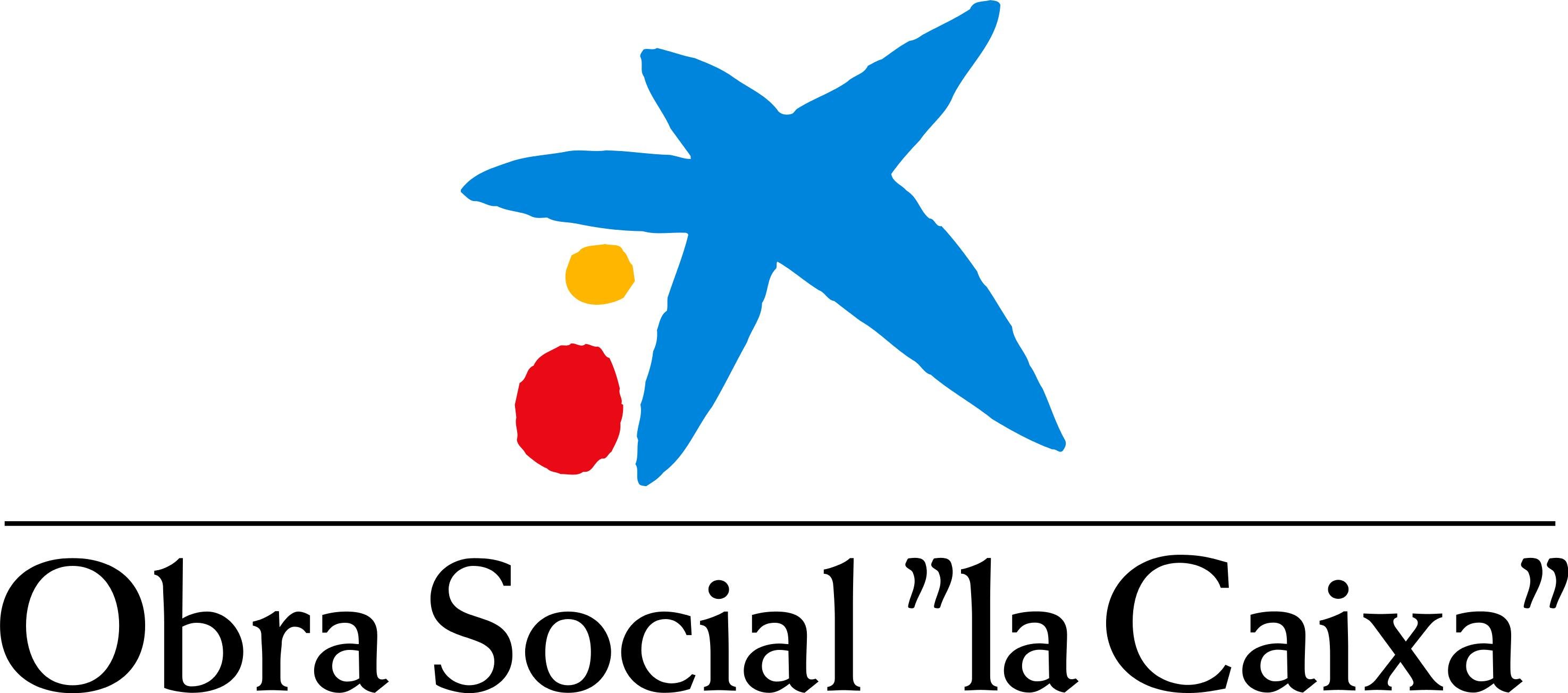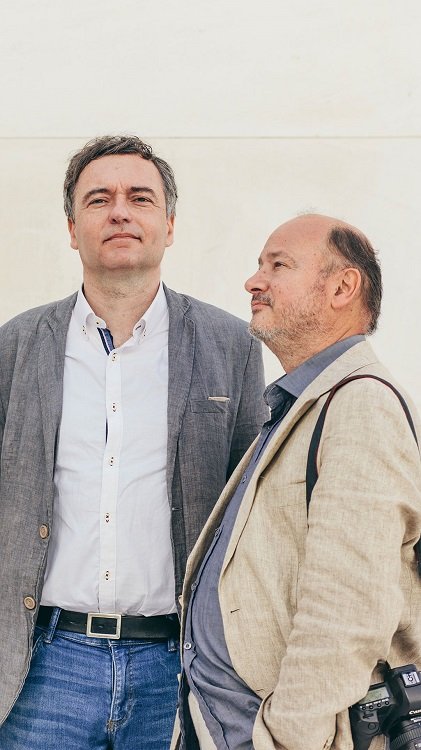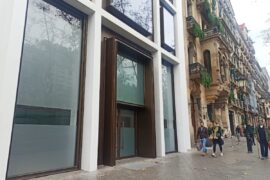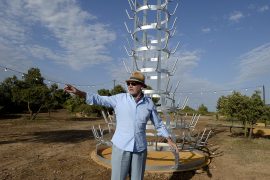Kim Manresa, a renowned photojournalist seasoned in countless wars and social conflicts, never imagined that he would end up taking photos for a literary project. Nor did Xavi Ayén, a prominent cultural journalist with close ties to Barcelona’s literary world, imagine that he would travel nonstop to interview writers in their home countries. No, “Nobel Walks” did not spring from a master plan but from a small favour between friends.
Xavi Ayén – I asked Kim if he could get me a pair of manuscripts by authors in their original language for an education in the world project that I was working on. I wanted the texts by José Saramago and Darío Fo.
Kim Manresa – I told him, hey I’m not going to bother a writer like that just for a sentence, let’s take advantage of it and do an interview. And he said OK. So, it kept getting bigger. The third one was Kenzaburō Ōe, who was so happy that he recommended us to Günter Grass. The writers themselves recommended us to colleagues and everything started to snowball.
ALMA – What was your goal when you visited them?
X. A. – Not doing the typical half-hour interview in a hotel talking about their last book. Diving into their everyday environment or into the places that appear in their books. Saramago took us to the places in Lisbon which appear in his novels, Kenzaburō Ōe welcomed us in Tokyo with his son, and Svetlana Aleksiévich let us enter her mythical kitchen…
K. M. – I wanted something very everyday. This is why I followed Xavi and the interviewee as an invisible photographer, without bothering them.
ALMA – W hen did you realise that you had created something great?
K. M. – I think when they displayed it in the Nobel Museum in Stockholm. The director told us how surprised he was at the monumental work that no one in the world had done before, which was unrepeatable because not even they had had access to all the Nobel Prize winners.
ALMA – So how do you get access to them?
K. M. – We just beaver away at it. With Wole Soyinka, for example, we found out that he was coming to a festival in Oviedo. So, we went to Oviedo and told him we wanted to interview him in his hometown in Nigeria. And once we were there, he took us around everywhere.
X. A. – Doris Lessing was very old and never left her house. Her back hurt and she didn’t even go to collect her Nobel Prize. Her translator had given me her address in London and we showed up there. We got fabulous photos with her; she opened the door in a bathrobe and the entire house was a messy as a flea market.
ALMA – How did you manage to land the only interview that García Márquez granted in the last 15 years of his life?
X. A. – I was making a documentary about Carme Balcells, his agent in Barcelona, and she advised me to carry a suitcase to him with Christmas gifts from her, and that once in his house, we should tell him about the project. His wife offered to help us. We waited in a hotel in Mexico for two days without knowing what would happen, and when they finally called us, we had to wait another hour in the hallway of his house. He finally came out in a grouchy mood and asked us: “How much have you paid my wife?” Later we found out that he was happy with it.
ALMA – What is the best part of this exhibition?
X. A. – The fact that it’s the only one in which the 23 interviewees are seen (there were only 12 in the Nobel Museum). The fact that it can be interpreted at different levels depending on your referents. You may know why Gao Xingjian chose to take us to a painting studio, but even if you don’t you’ll still enjoy it. And the fact that the phrases on the wall are not from books but from things that the Nobel Prize winners told only us. This is why we really feel like the exhibition is wholly ours.
ALMA – Which ones are your favourites?
K. M. – To me, it’s Wole Soyinka. We went to Nigeria, and since I have lots of ties with Africa, we talked about everything but literature. He took us to his village, to the school where he studied as a boy, which is now totally abandoned, and the photo was taken at his former
X. A.– My favourite was Naguib Mahfuz. This man was stabbed in 1994, which ruined his eyes, vocal cords and hearing. Yet he still holds his famous gatherings with his friends in Cairo, but instead of him speaking, now his friends read him the news items that they cut out for him during the week, yelling into his ear. It’s not only a beautiful photograph, it also has all the ingredients that journalism should have.
ALMA – You’ve interviewed and taken photos of 23 Nobel Prize winners. Will there be more?
X. A.– Yes. If you notice, we’ve left four panels free of photos and texts because if we do any others between now and when the exhibition ends in September, we’ll add them. Plus, this is a work in progress. We don’t consider any author finished. As long as they’re alive we can meet them again and complete them.
K. M. – I tell Xavi that now we should write a book of stories: when we were given armed guards, the plane left without us, we were isolated because of a blizzard, Orhan Pamuk telling us he was going to kill us… Each person has an unbelievable story behind them.
Interview: Ana Portolés
Photograph: Laia Sabaté
You can read all this stories on ALMA, the social social media, a digital space devoted to the social field, which brings a new look at the present and the future of society, from an optimistic and diverse point of view, and from all the initiatives that “la Caixa” Foundation promote.





















